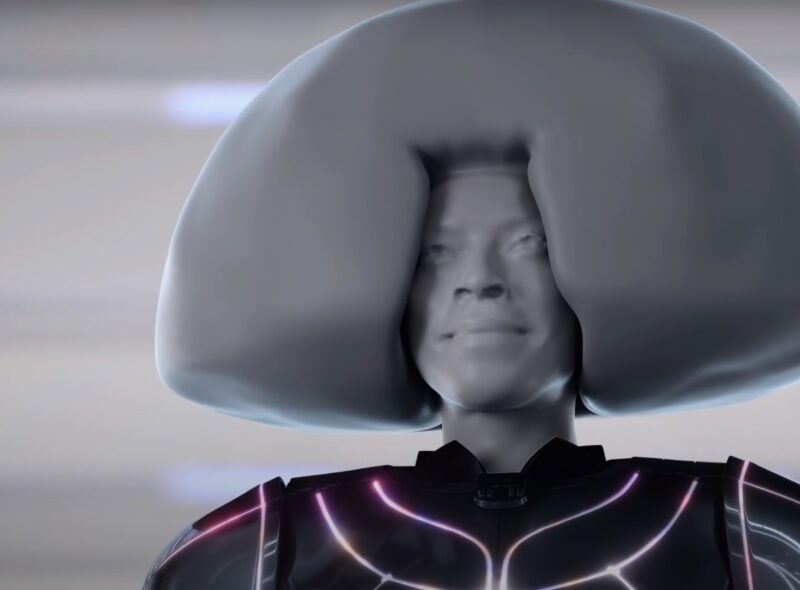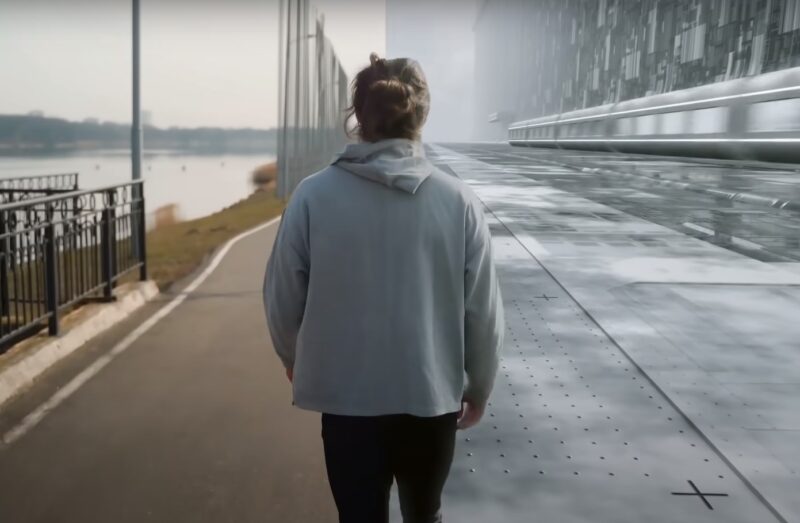Visual effects (VFX) artists are at the forefront of technological innovation and creativity in the film industry, weaving together awe-inspiring visuals that captivate audiences worldwide.
Their contribution extends from explosive summer blockbusters to subtle enhancements in independent films, making VFX a crucial aspect of modern cinema. Understanding the evolution and application of visual effects provides valuable insight into both the capabilities and challenges present in this field.
The realm of VFX is one of constant change, with technological advancements opening new doors for artists while simultaneously raising the bar of audience expectations.
This rapidly evolving discipline requires constant learning and adaptation, which has a significant impact on how VFX artists approach their craft and build sustainable careers. Alongside creative expertise, they must skillfully navigate industry pressures and the often arduous demands of complex productions.
Key Takeaways
The Evolution of VFX in Modern Cinema
Visual effects, commonly known as VFX, have undergone a significant transformation in modern cinema. From the early days of film, techniques have progressed from simple tricks and illusions to sophisticated digital magic.
One can trace the origins of VFX back to the 19th century, where innovators began experimenting with the new medium of film to create illusions of things that did not exist in reality.
In the 1960s and 1970s, VFX were mainly practical effects; filmmakers used miniatures, matte paintings, and rear-projection to enhance the visual storytelling. The blockbuster, King Kong (1933), for example, used groundbreaking stop-motion animation, making it a classic milestone in the VFX timeline.
The advent of computer-generated imagery (CGI) marked a turning point in the history of visual effects. Films like Jurassic Park in 1993 showcased what was possible with CGI, bringing dinosaurs to life with unprecedented realism.
Since then, CGI has become a staple in the industry, enabling creators to build complex and dynamic worlds that would be impossible to achieve otherwise.
In the modern age, the role of VFX artists has become more crucial. The VFX industry has been shaped by the pioneering work of companies like Industrial Light & Magic (ILM), which continues to be a leading entity in the domain.
Contemporary cinema often leverages VFX not just for science fiction or fantasy, but across all genres to enhance the narrative and visual impact.
The influence of VFX in the filmmaking process extends beyond the screen to shape audience expectations and experiences, fundamentally altering the landscape of cinematic storytelling.
Challenges Faced by VFX Artists

VFX Artists constantly navigate a landscape filled with high demands and uncertainties. This section explores the specific challenges they face in today’s industry.
Demand for Realism and Complexity
The push for ultra-realistic visual effects puts a significant amount of pressure on VFX artists. They are required to create visuals that are not only convincing but often indistinguishable from reality. Such an expectation demands a deep understanding of physical light and space, advanced technical skills, and an almost scientific approach to visual design. Each project may also present new challenges, requiring custom solutions and frequent innovation.
Workplace Issues and Job Security
VFX artists often grapple with workplace challenges such as long hours and the need for continuous learning to keep up with rapidly evolving technology. This can lead to concerns over job security, as the industry is known for a project-based hiring model with frequent ups and downs. Artists must be adaptable, capable of quickly learning new tools and techniques, and ready to face tight deadlines and the pressure to deliver under constricted timeframes.
Technological Advancements Impacting VFX Artists
The VFX industry is continuously evolving, with technological advancements significantly altering how VFX artists work. Software and hardware improvements are at the core of these changes, offering new ways to create and render visually stunning content.
Software Innovations
Software innovations have reshaped workflows and unlocked new creative possibilities for VFX artists. Neural Radiance Fields (NeRFs), for instance, are revolutionizing how light and material properties are simulated, creating ultra-realistic environments and characters with astonishing detail.
The rise of AI-powered tools, such as those used for texture generation or character animation, streamline tasks that previously consumed hours of manual effort. One such instance is the use of AI for rotoscoping, where a rotoscope artist once averaged just 15 frames a day, but with machine learning integration, artists can achieve faster outputs with improved accuracy.
Hardware and Rendering Progress
VFX artists are also witnessing a significant leap in hardware capabilities and rendering technologies. Real-time rendering engines, like those used in video games and interactive media, are leading to a paradigm shift in the production pipeline. They allow artists to make instant adjustments and view changes in real time, which accelerates the creative process and reduces the feedback loop.
Moreover, the integration of powerful graphics processing units (GPUs) and advancements in cloud rendering are enabling artists to render complex scenes with reduced turnaround times and without the need for prohibitively expensive local hardware setups, thereby transforming the landscape of VFX production.
Building a Sustainable Career in VFX
The visual effects (VFX) industry demands not only creativity but also a continuous investment in professional growth and relationship building. To thrive, artists must prioritize ongoing skill enhancement and active engagement within the VFX community.
Skill Development and Education
In a field that evolves at the pace of technology, continuous learning is critical to a VFX artist’s career longevity. Prospective artists should focus on specialized training programs that cover a broad spectrum of VFX skills — from 3D modeling and animation to digital painting. For example, engaging in courses designed to strengthen 3D essentials provides a foundation that artists can build upon as they advance in their careers.
- Obtain a formal education: Whether through universities or specialized art schools, formal education can provide a structured path to acquire the technical skills necessary for success.
- Stay updated: VFX artists must keep abreast of the latest industry software and advancements, embracing new technologies such as real-time 3D rendering.
Networking and Community Involvement
Building professional connections can open doors to new opportunities and insights in the dynamic VFX landscape. Participation in forums, attending industry conferences, and connecting on professional networks like LinkedIn are all strategic ways to build a robust professional network.
- Join industry groups: This provides opportunities for artists to share and receive feedback, fostering skills and career development.
- Seek mentorship: Engaging with experienced professionals can guide newer artists through industry nuances and help navigate their careers paths wisely.
By prioritizing these areas, VFX artists can cultivate a career that not only survives but thrives amidst the ever-changing tides of the entertainment industry.
Frequently Asked Questions
The following subsections address common inquiries about the VFX industry, focusing on skills, salary, career sustainability, educational paths, and valuable resources.
What skills are essential for someone pursuing a career in VFX?
Essential skills for VFX artists include proficiency in software like Adobe After Effects, Autodesk Maya, and Houdini. Artists should also have a strong understanding of the principles of animation, lighting, and compositing to create realistic 3D environments and characters.
What is the typical salary range for a VFX artist?
A VFX artist’s salary can vary widely based on experience, location, and the complexity of the projects they work on. Entry-level positions may start at a lower range, but with experience, the salary can increase significantly.
Can you describe the different stages of the VFX pipeline?
The VFX pipeline typically consists of previsualization, production, and post-production stages. This process includes concept development, on-set VFX supervision, 3D modeling, texturing, rigging, animation, rendering, and final compositing.
How can one maintain a sustainable career within the VFX industry?
To sustain a career in VFX, professionals need to continuously learn and adapt to new technologies and techniques. Networking, staying current with industry trends through online communities, and developing a versatile portfolio are also crucial.
Final Words
Visual effects (VFX) artists are the unsung heroes of modern cinema, continually pushing the boundaries of creativity and technology. Their journey from the early days of film to today’s digital marvels showcases the evolution of an industry that shapes our cinematic experiences.
With challenges and opportunities on the horizon, VFX artists must remain adaptable and committed to their craft, ensuring that the magic of visual effects continues to captivate audiences worldwide.
